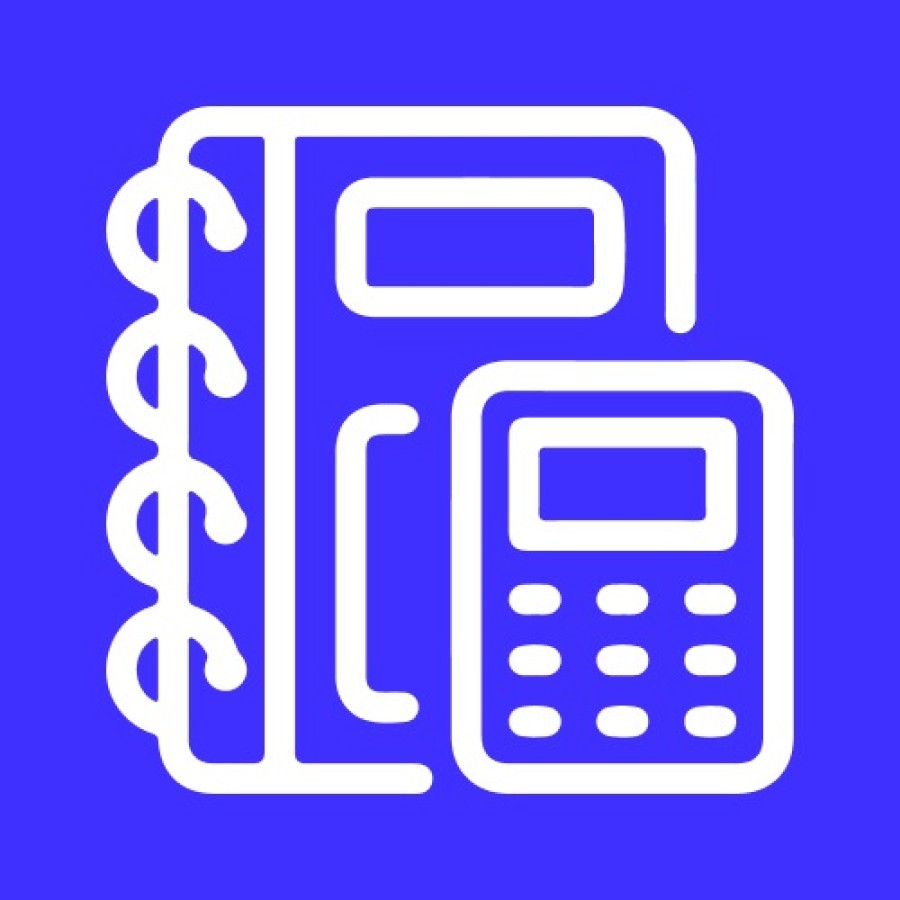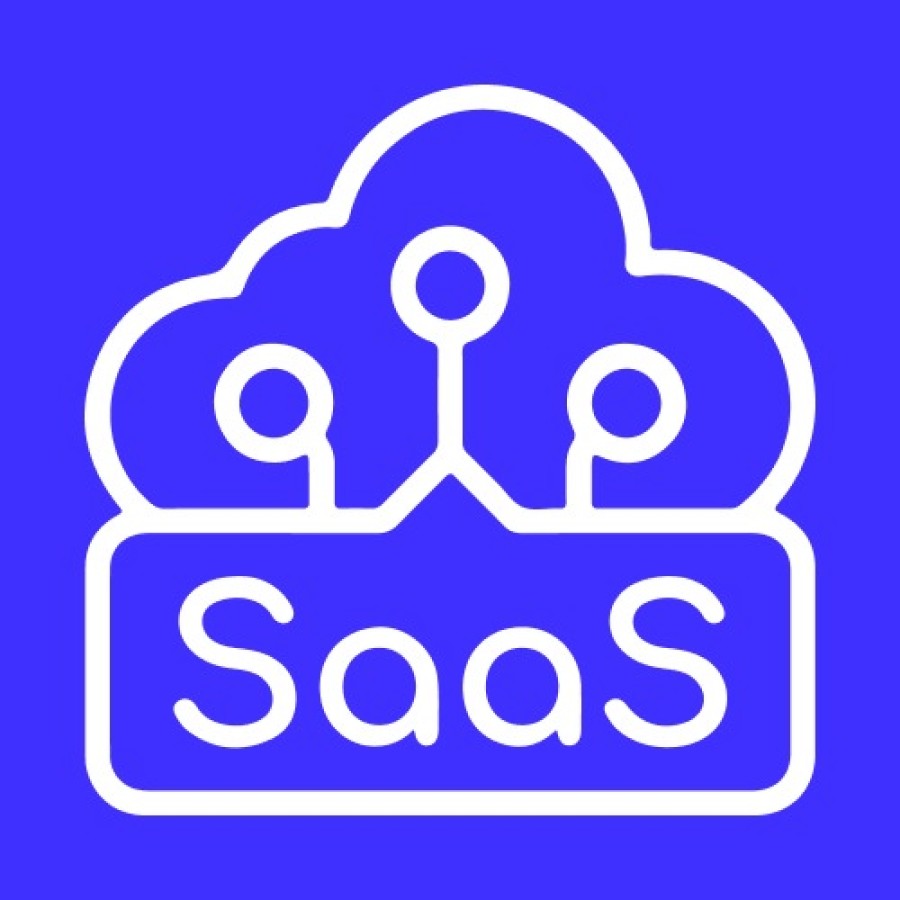
Trading Journal Application
By PITANGENT ANALYTICS AND TECHNOLOGY SOLUTIONS PVT LTD
Trading Journal application is a powerful tool designed to help traders track, analyze, and improve their trading performance.
Features:
⦿ Trade Entry and Recording: Users can input details of each trade they execute, including the asset traded, entry and exit prices, trade size, date, and time. They may also categorize trades by strategy, market conditions, or other relevant criteria.
⦿ Portfolio Tracking: The application should provide an overview of the user's current portfolio, including open positions, unrealized gains or losses, and overall account balance. This feature allows traders to monitor their investments in real-time.
⦿ Performance Analytics: Detailed performance metrics and analytics can help traders assess their trading strategies' effectiveness. These metrics may include win rate, average gain/loss per trade, maximum drawdown, risk-adjusted returns, and other key performance indicators.
⦿ Charting and Visualization Tools: Graphs and charts can visually represent trading performance over time, making it easier for users to identify trends, patterns, and areas for improvement. Candlestick charts, line graphs, and bar charts are commonly used for visualizing trading data.
⦿ Risk Management Tools: Effective risk management is essential for successful trading. A Trading Journal application may include tools to help users calculate position sizing, set stop-loss and take-profit levels, and manage overall portfolio risk.
⦿ Note-taking and Annotations: Traders can add notes and annotations to each trade, recording their thoughts, observations, and lessons learned. This feature helps users keep track of their reasoning behind specific trades and review past decisions.
⦿ Import and Export Capabilities: Users should be able to import trade data from their brokerage accounts or other trading platforms seamlessly. Similarly, the ability to export trading data in various formats.
Features:
⦿ Trade Entry and Recording: Users can input details of each trade they execute, including the asset traded, entry and exit prices, trade size, date, and time. They may also categorize trades by strategy, market conditions, or other relevant criteria.
⦿ Portfolio Tracking: The application should provide an overview of the user's current portfolio, including open positions, unrealized gains or losses, and overall account balance. This feature allows traders to monitor their investments in real-time.
⦿ Performance Analytics: Detailed performance metrics and analytics can help traders assess their trading strategies' effectiveness. These metrics may include win rate, average gain/loss per trade, maximum drawdown, risk-adjusted returns, and other key performance indicators.
⦿ Charting and Visualization Tools: Graphs and charts can visually represent trading performance over time, making it easier for users to identify trends, patterns, and areas for improvement. Candlestick charts, line graphs, and bar charts are commonly used for visualizing trading data.
⦿ Risk Management Tools: Effective risk management is essential for successful trading. A Trading Journal application may include tools to help users calculate position sizing, set stop-loss and take-profit levels, and manage overall portfolio risk.
⦿ Note-taking and Annotations: Traders can add notes and annotations to each trade, recording their thoughts, observations, and lessons learned. This feature helps users keep track of their reasoning behind specific trades and review past decisions.
⦿ Import and Export Capabilities: Users should be able to import trade data from their brokerage accounts or other trading platforms seamlessly. Similarly, the ability to export trading data in various formats.
- CATEGORIES :
Product Description
Trading Journal application is a powerful tool designed to help traders track, analyze, and improve their trading performance.
Features:
⦿ Trade Entry and Recording: Users can input details of each trade they execute, including the asset traded, entry and exit prices, trade size, date, and time. They may also categorize trades by strategy, market conditions, or other relevant criteria.
⦿ Portfolio Tracking: The application should provide an overview of the user's current portfolio, including open positions, unrealized gains or losses, and overall account balance. This feature allows traders to monitor their investments in real-time.
⦿ Performance Analytics: Detailed performance metrics and analytics can help traders assess their trading strategies' effectiveness. These metrics may include win rate, average gain/loss per trade, maximum drawdown, risk-adjusted returns, and other key performance indicators.
⦿ Charting and Visualization Tools: Graphs and charts can visually represent trading performance over time, making it easier for users to identify trends, patterns, and areas for improvement. Candlestick charts, line graphs, and bar charts are commonly used for visualizing trading data.
⦿ Risk Management Tools: Effective risk management is essential for successful trading. A Trading Journal application may include tools to help users calculate position sizing, set stop-loss and take-profit levels, and manage overall portfolio risk.
⦿ Note-taking and Annotations: Traders can add notes and annotations to each trade, recording their thoughts, observations, and lessons learned. This feature helps users keep track of their reasoning behind specific trades and review past decisions.
⦿ Import and Export Capabilities: Users should be able to import trade data from their brokerage accounts or other trading platforms seamlessly. Similarly, the ability to export trading data in various formats.
Features:
⦿ Trade Entry and Recording: Users can input details of each trade they execute, including the asset traded, entry and exit prices, trade size, date, and time. They may also categorize trades by strategy, market conditions, or other relevant criteria.
⦿ Portfolio Tracking: The application should provide an overview of the user's current portfolio, including open positions, unrealized gains or losses, and overall account balance. This feature allows traders to monitor their investments in real-time.
⦿ Performance Analytics: Detailed performance metrics and analytics can help traders assess their trading strategies' effectiveness. These metrics may include win rate, average gain/loss per trade, maximum drawdown, risk-adjusted returns, and other key performance indicators.
⦿ Charting and Visualization Tools: Graphs and charts can visually represent trading performance over time, making it easier for users to identify trends, patterns, and areas for improvement. Candlestick charts, line graphs, and bar charts are commonly used for visualizing trading data.
⦿ Risk Management Tools: Effective risk management is essential for successful trading. A Trading Journal application may include tools to help users calculate position sizing, set stop-loss and take-profit levels, and manage overall portfolio risk.
⦿ Note-taking and Annotations: Traders can add notes and annotations to each trade, recording their thoughts, observations, and lessons learned. This feature helps users keep track of their reasoning behind specific trades and review past decisions.
⦿ Import and Export Capabilities: Users should be able to import trade data from their brokerage accounts or other trading platforms seamlessly. Similarly, the ability to export trading data in various formats.
Export Countries
Australia
Austria
Canada
France
Germany
Ireland
Italy
Luxembourg
Netherlands
New Zealand
Qatar
Saudi Arabia
Spain
Sweden
Switzerland
United Arab Emirates
United Kingdom of Great Britain and Northern Ireland
United States of America
About the Company
Login to see seller contact details.
Product Reviews
More products by PITANGENT ANALYTICS AND TECHNOLOGY SOLUTIONS PVT LTD














































